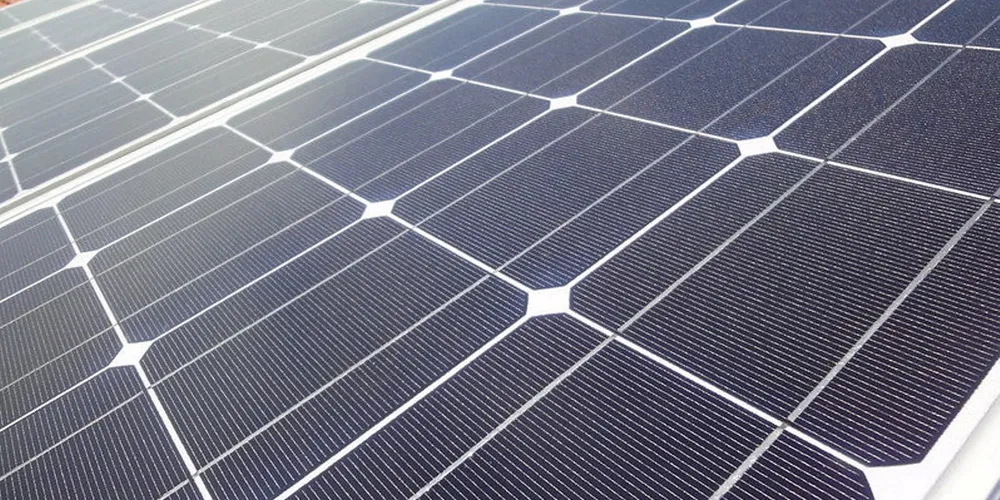Solar and wind outstrip fossil gas in US power build facing challenge-roiled market: FERC
Renewables technologies again dominated new generation placed in service ahead of fossil gas, while coal came up empty as American utilities embrace energy transition
